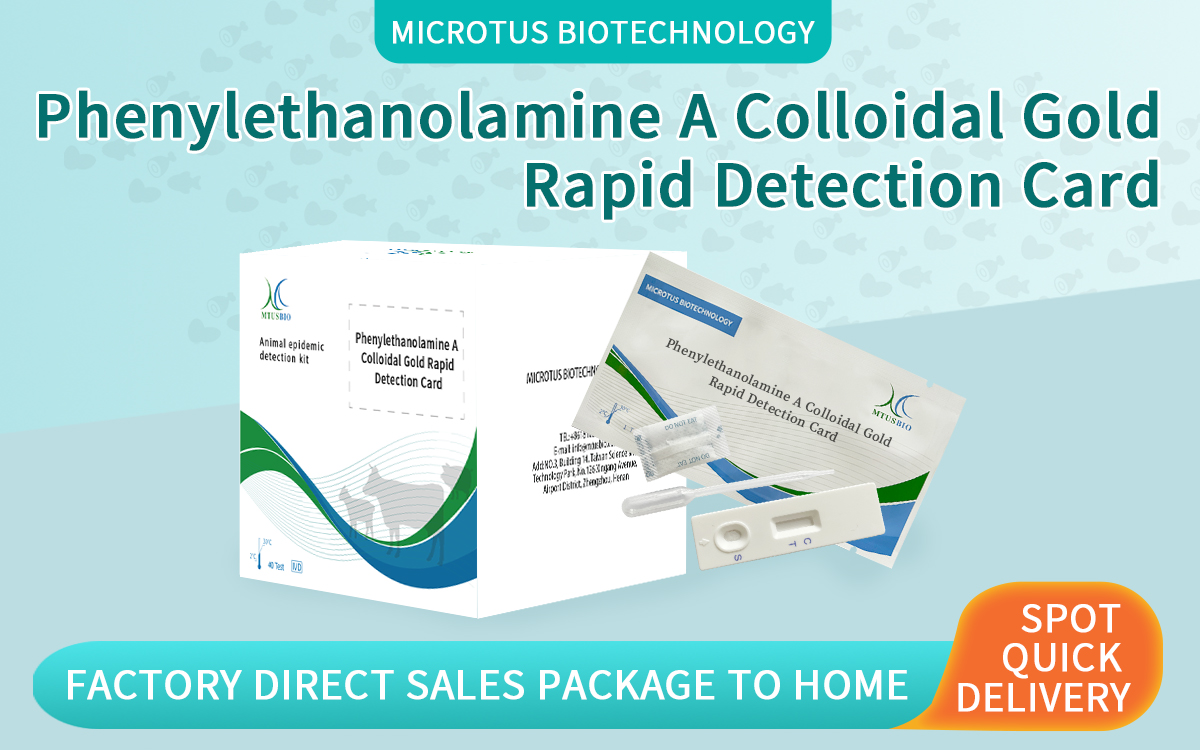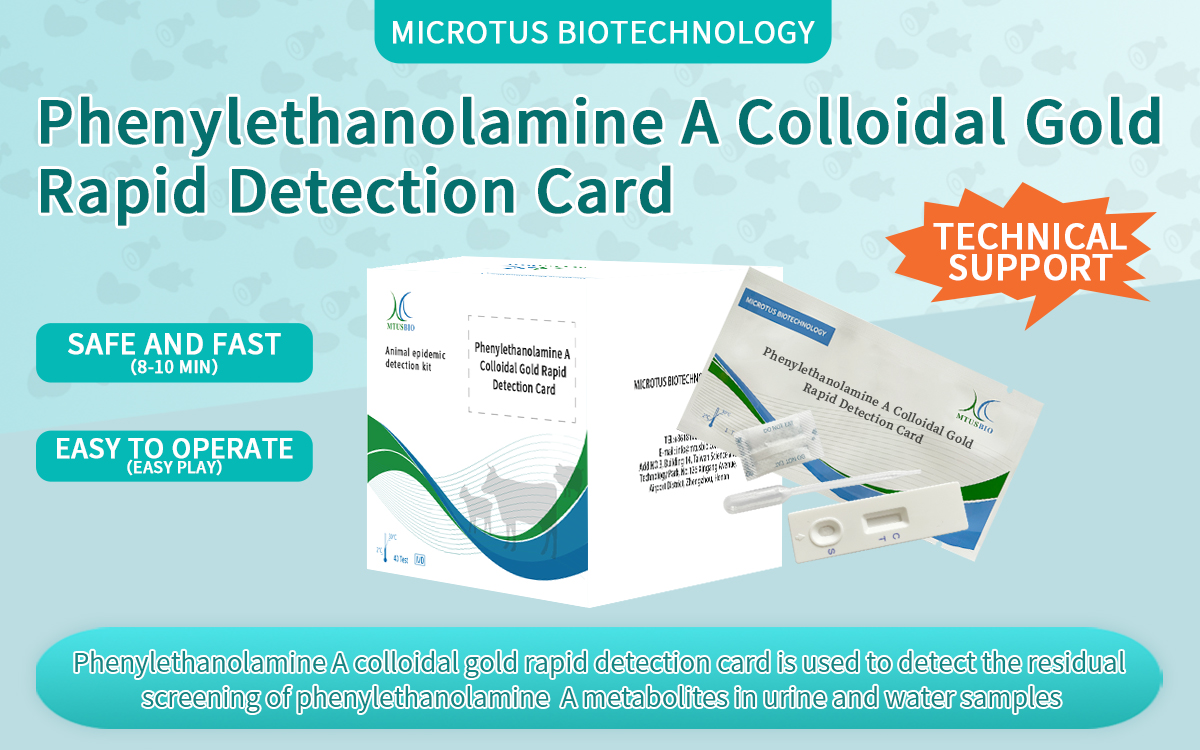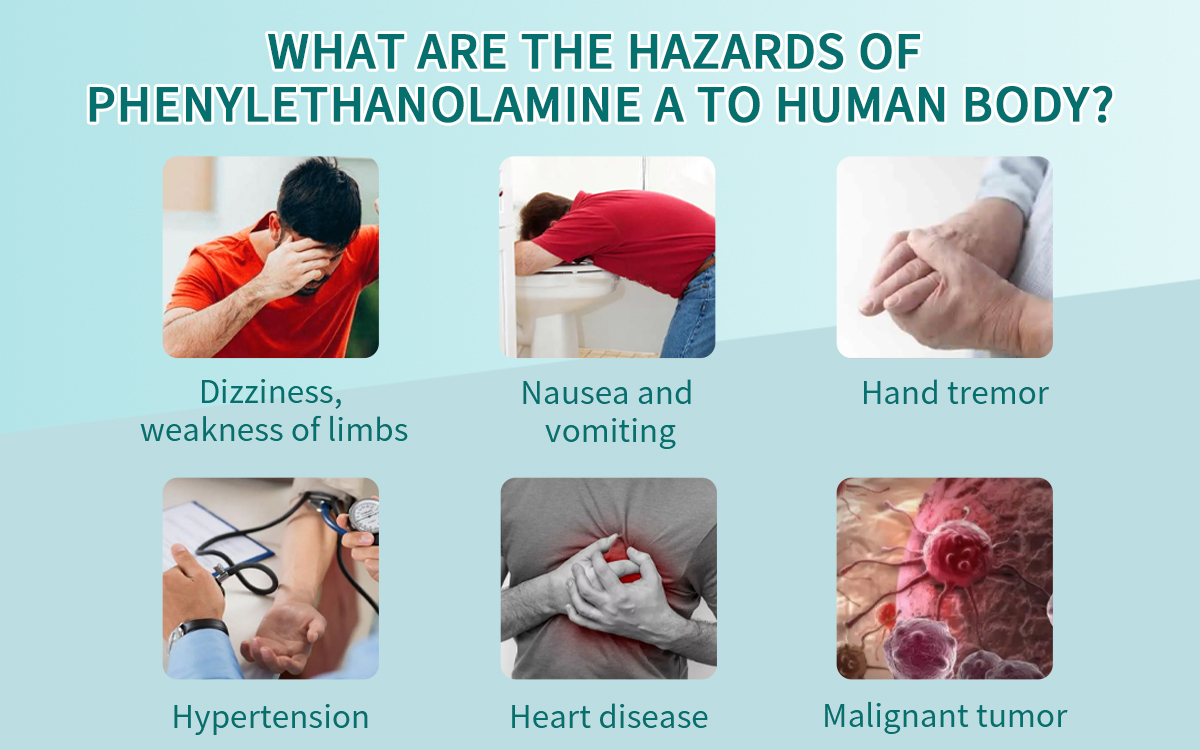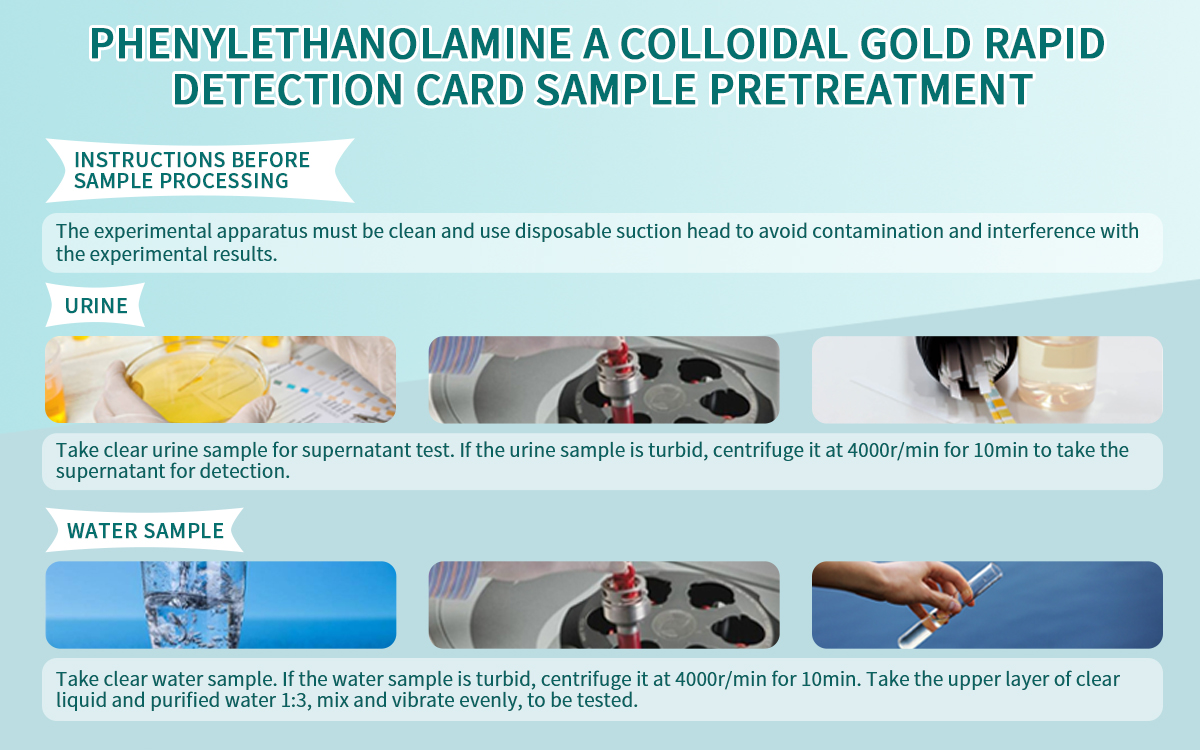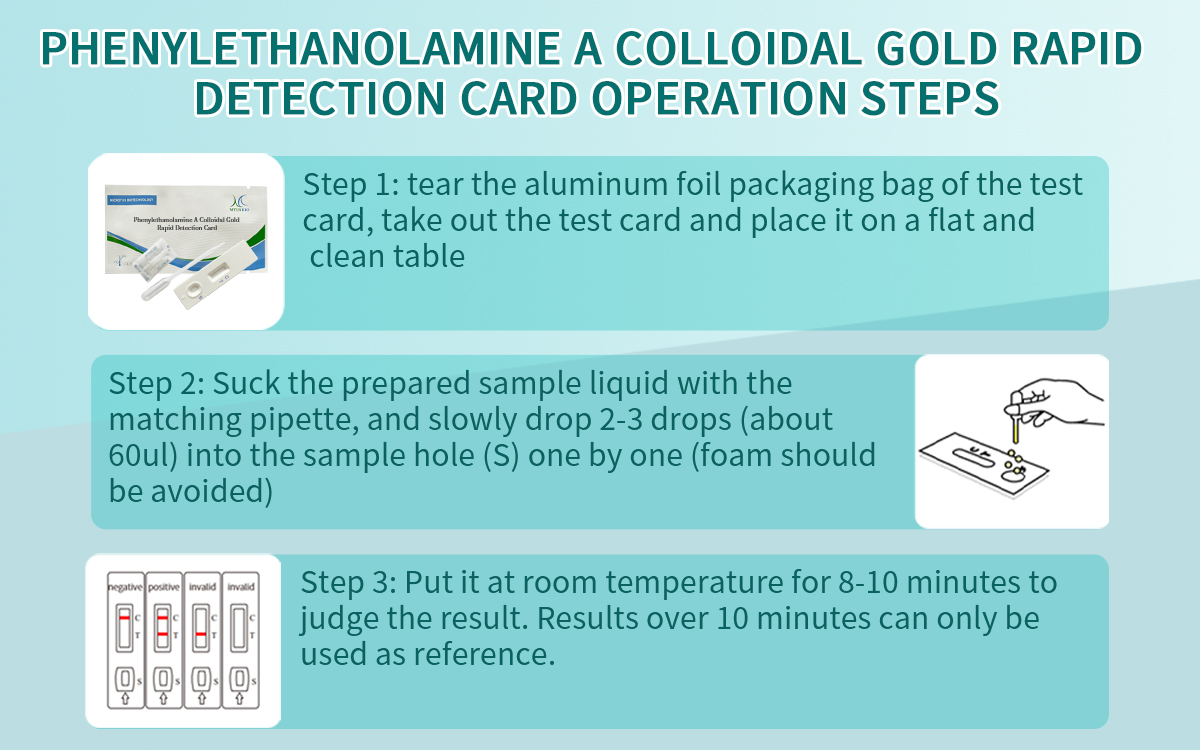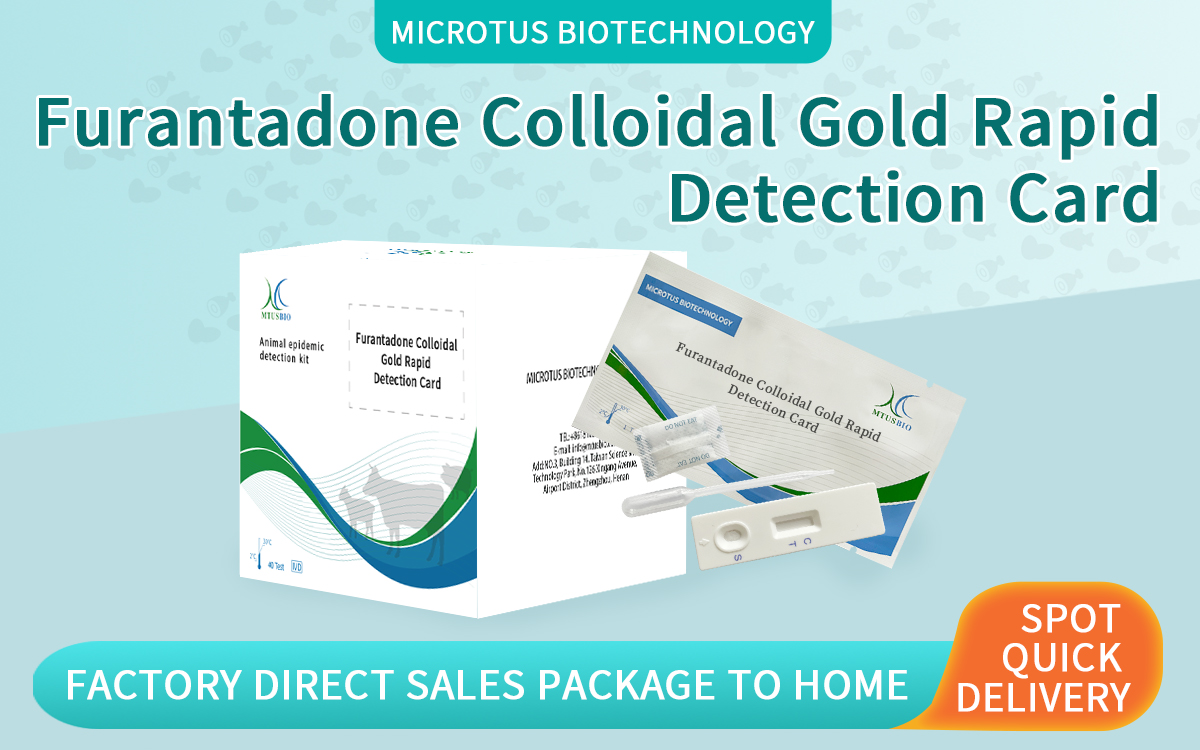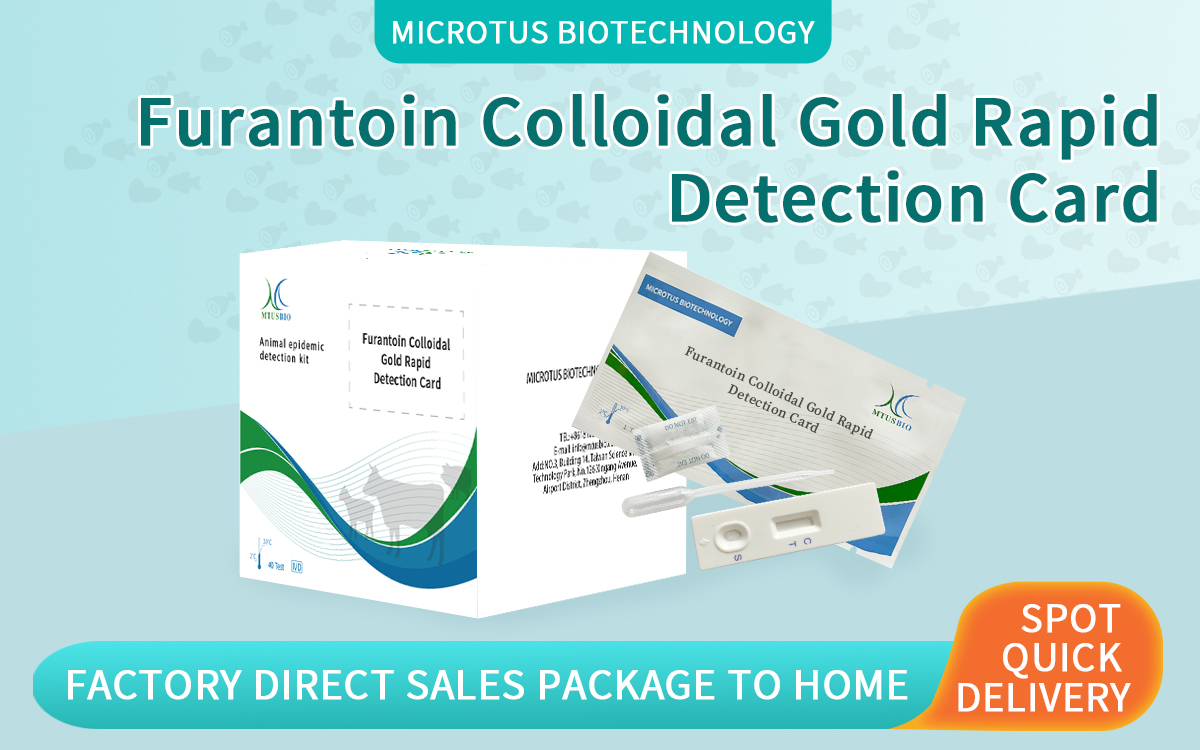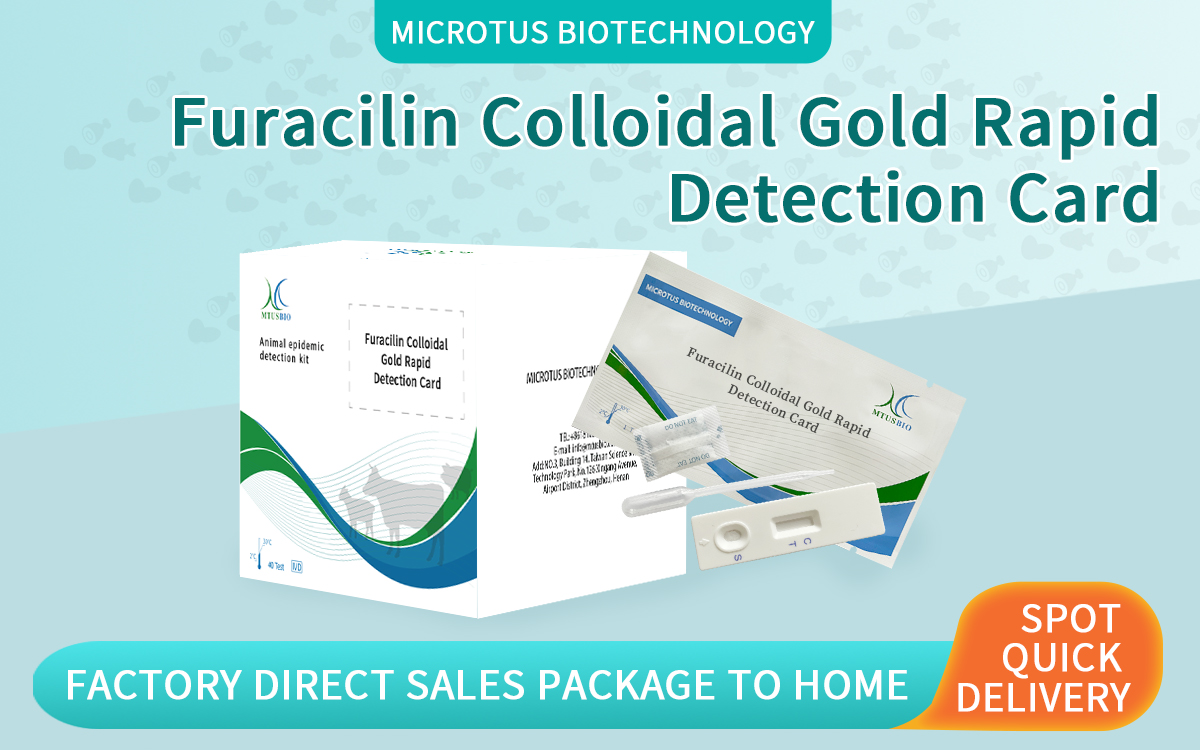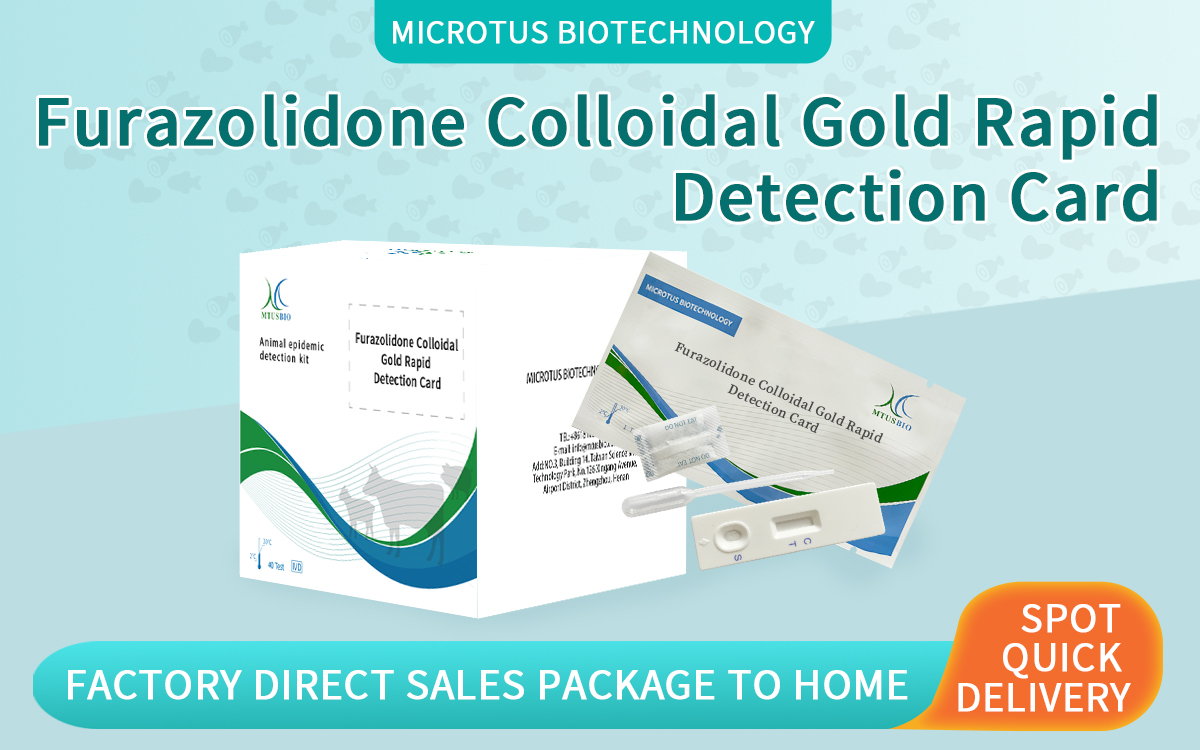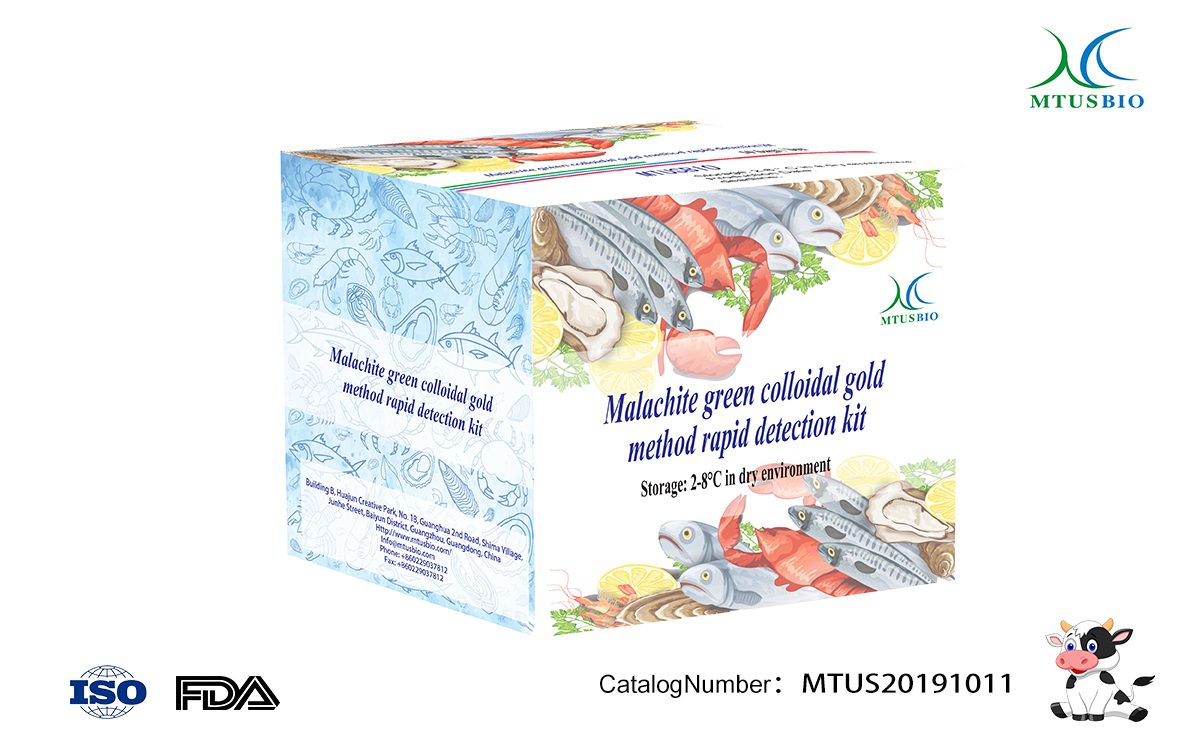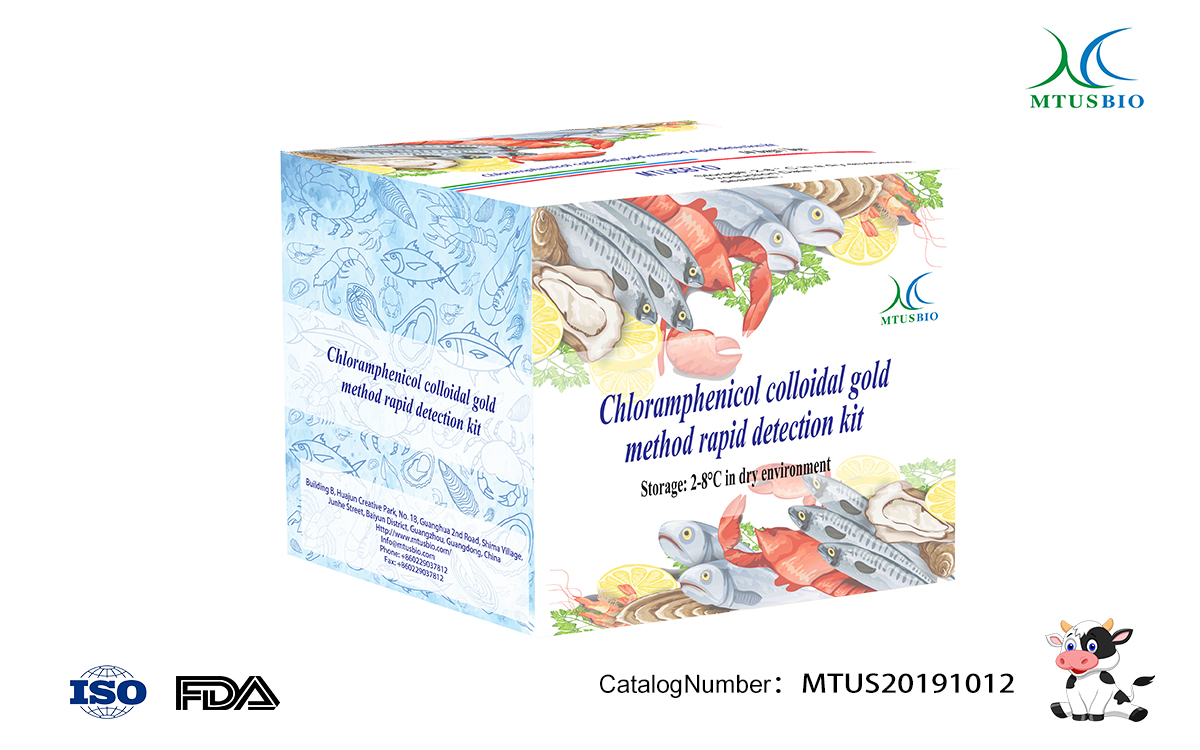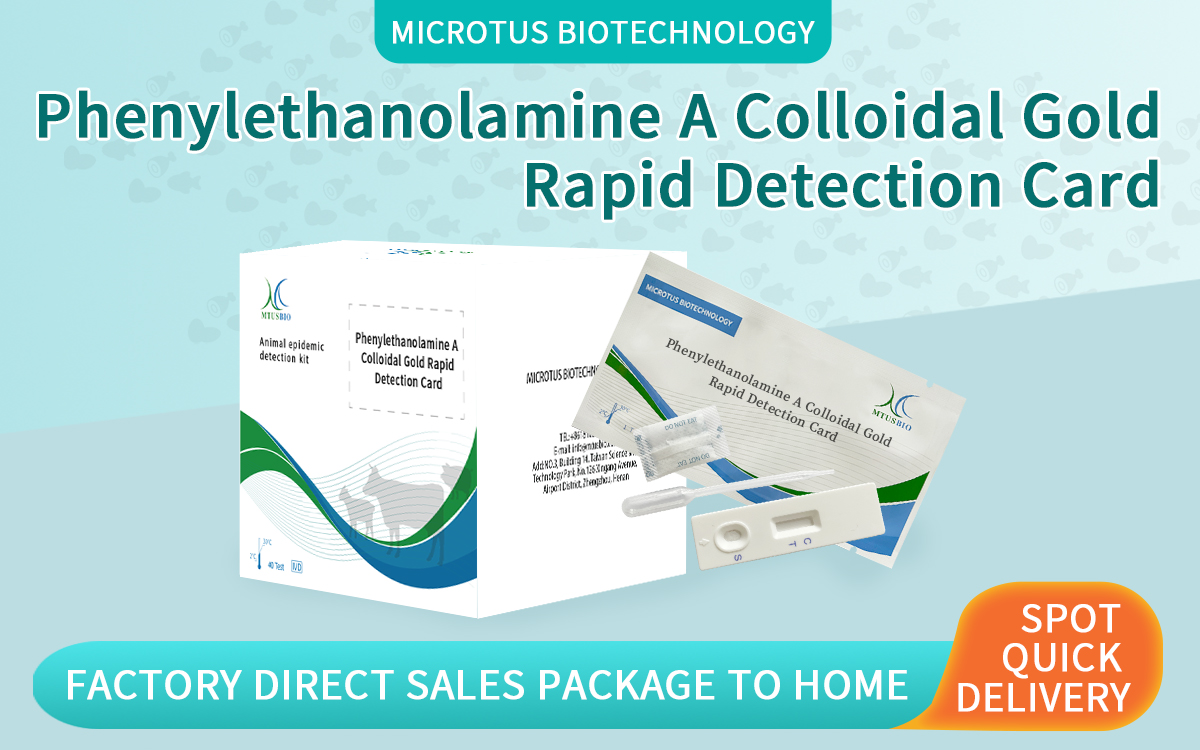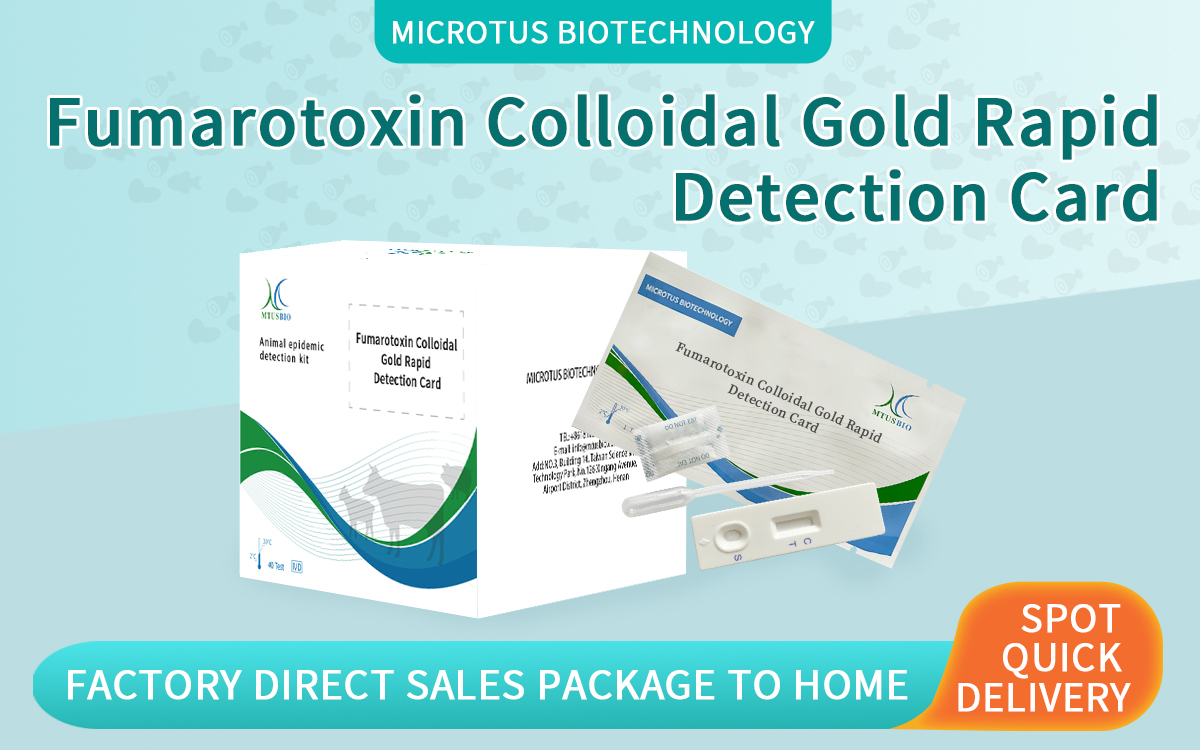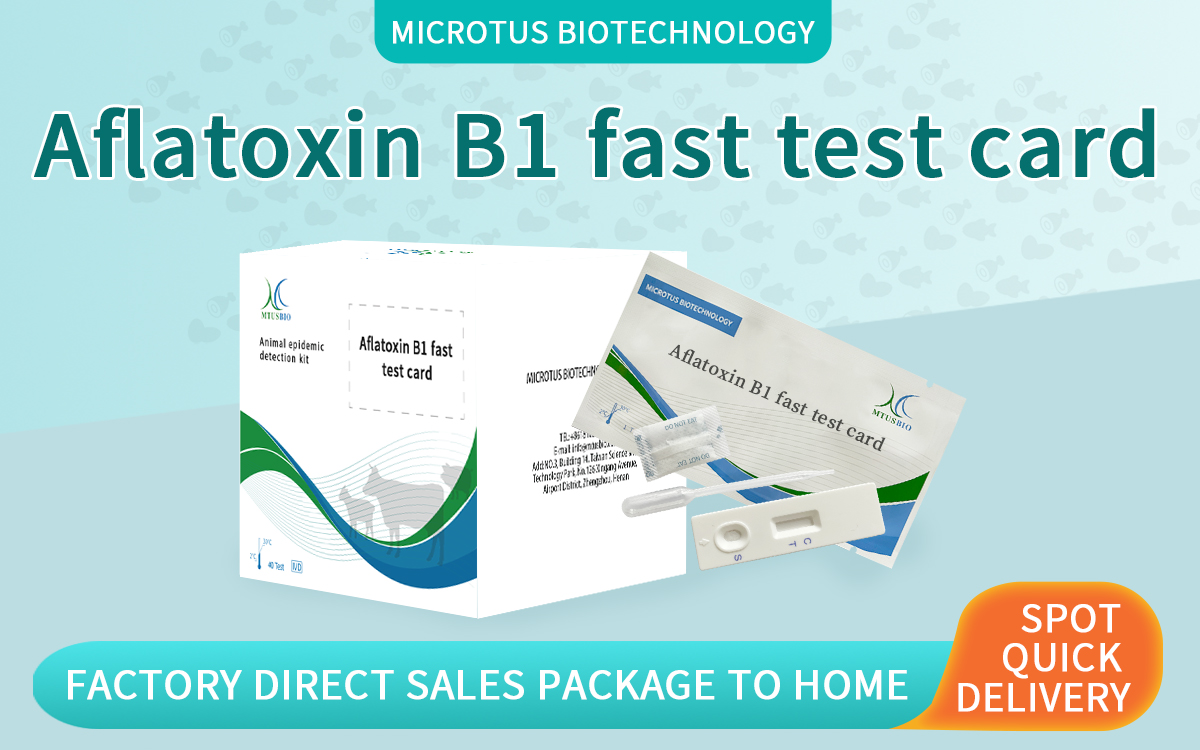Technical indicators
Lower limit of sample detection
Urine sample: 3 ppb
Water Sample 20 ppb
Kit composition
Detection card: 50 pieces/box
Instructions: 1 copy
Required equipment and reagents
Instrument: Centrifuge
Micro Pipette: single channel 20 µ l-200 µ l
Negative: Both the C and T lines show color, indicating that the concentration in the sample is below the detection limit or does not contain.
Positive: The C line shows red, while the T line does not show color, indicating that the concentration in the sample is above the detection limit.
Invalid: The absence of a quality control C-line indicates an incorrect operating process or a failure of the detection card.
Precautions
1 Products that have expired or have damaged aluminum foil bags cannot be used.
2 When removing the detection card from the refrigerator, it should be restored to room temperature before opening. The opened detection card should be used as soon as possible to avoid failure due to moisture.
3 Do not touch the white film surface in the center of the detection card.
4 Droppers should not be mixed to avoid cross contamination.
5 The sample solution to be tested should be clear, free from turbid particles, and bacterial contamination, otherwise it may lead to abnormal phenomena such as blockage and unclear color development, which may affect the judgment of experimental results.
Storage and shelf life
Storage conditions: The reagent kit should be stored in a dry environment at 2-30 ℃.
Shelf life: The product has a validity period of 1 year, and the production date can be found in the packaging box.













